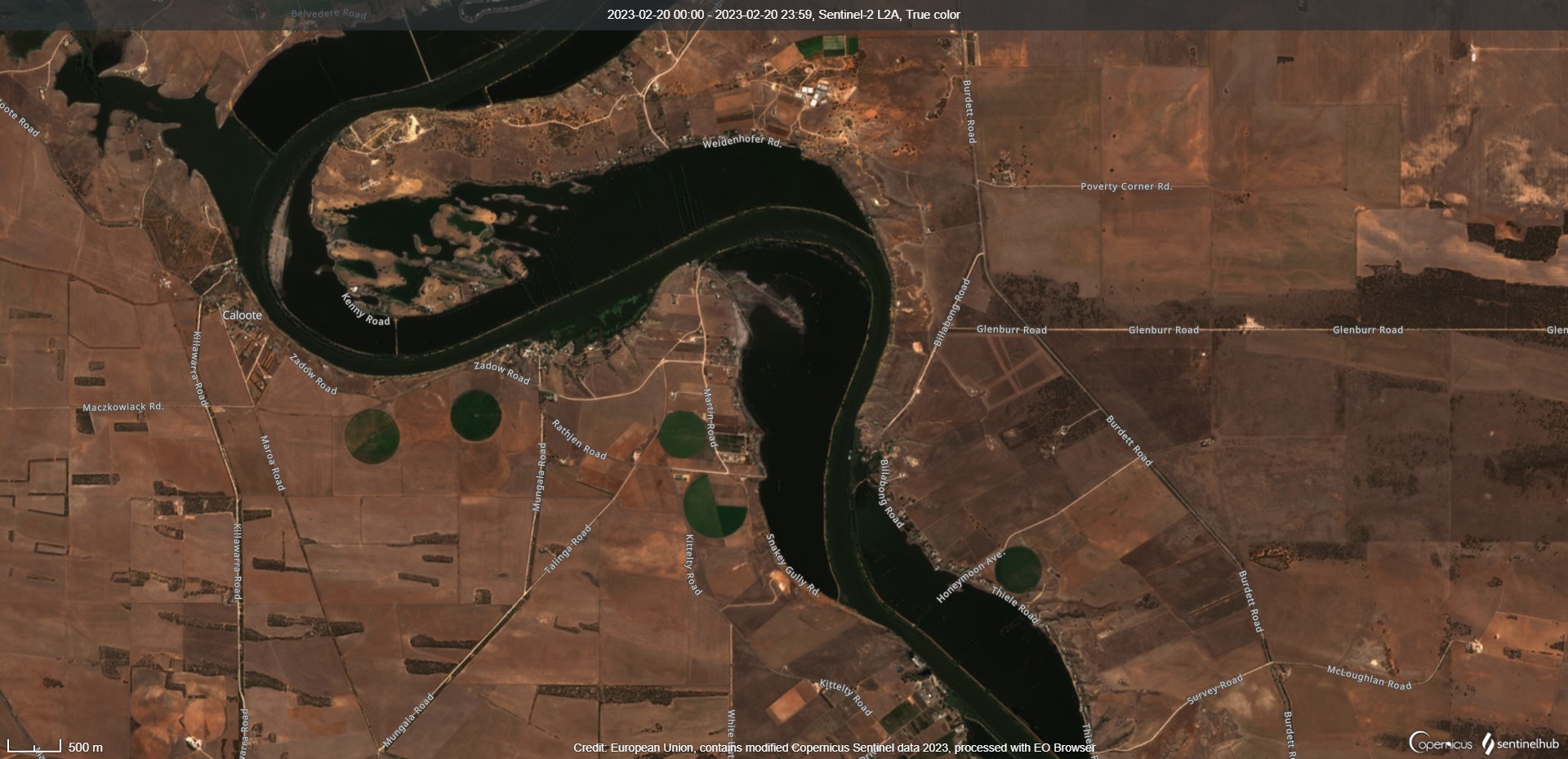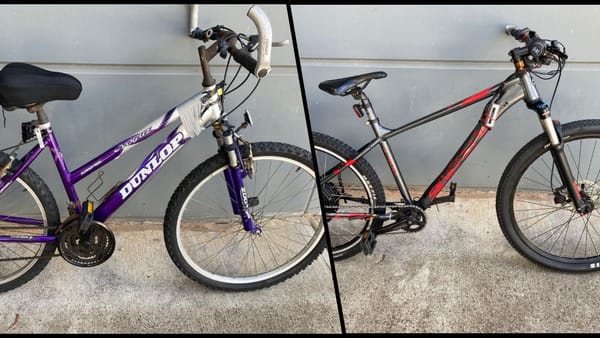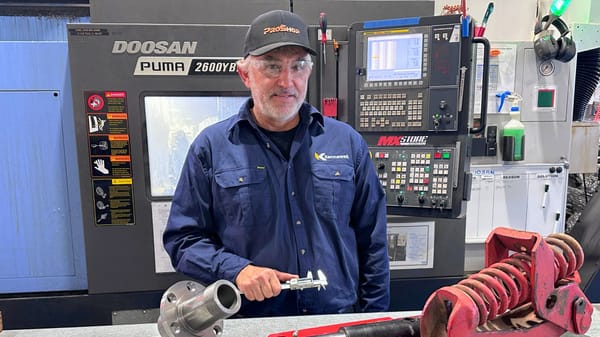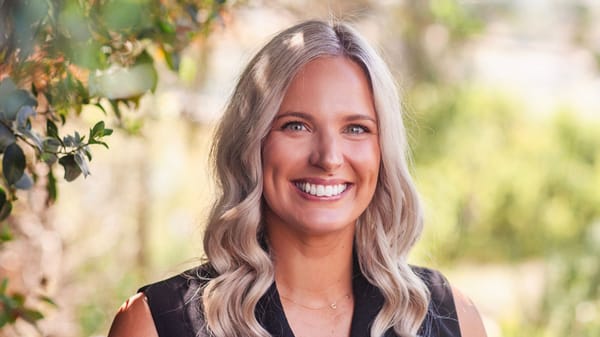State government will cover pumping costs for all flood-affected Lower Murray irrigators
The job of pumping floodwater off the River Murray’s swamps, and working towards fixing the levees, has begun.

The mammoth job of pumping floodwater off the Lower Murray’s swamps has begun.
Locals began pumping water out of the irrigation area at Wall Flat, north of Mypolonga, late last month.
The dairy flats there had been flooded since January 2, despite volunteers’ best efforts to shore up the levee in the days beforehand.
However, in recent weeks it was identified by Primary Industries and Regions SA and the SA Dairyfarmers Association as one of several areas which were ready to be restored to a productive state.
Primary Industries and Regional Development Minister Clare Scriven announced on Friday that the state government would pay for pumps and cover the cost of operating them for every reclaimed irrigation area along the Lower Murray.
Land owners will be eligible for the assistance regardless of whether they farm behind a government-owned or a private levee – see the info sheet below.

Levee network repairs and de-watering process106KB ∙ PDF fileDownloadDownload
“The re-establishment of the levee network and the de-watering process is the highest priority for primary producers in the Lower Murray region,” Ms Scriven said.
“The commencement of the de-watering in parts of the system this week is a significant step forward in the recovery process for Lower Murray producers.”
SADA chief executive Andrew Curtis applauded the work that had been done so far.
“Getting producers back on their feet is a high priority for SADA and it is very heartening to see the de-watering process underway,” he said.
“The SA dairy sector has a bright future and it is important that we get these areas back into production as soon as we can so they can be a part of these growth opportunities.”
He encouraged irrigators to work with PIRSA, SADA and/or their local irrigation trusts to ensure that their specific needs were taken into account.
Meanwhile, the state Department for Environment and Water is working with engineers and land owners to assess broken levees and plan repairs.



Drones fitted with laser scanning equipment will be used to survey each of the 20-plus levees along the Lower Murray which were breached by floodwaters.
It will take two to five days to scan each levee.
Works teams will follow up with on-ground inspections when they are sure it is safe.
“In many of these areas the stability of the levee is unknown until an assessment is complete,” Ms Scriven said.
“The safety of staff, contractors and landholders is our highest priority, and we cannot undertake works until it is safe to access the levee.”
She, too urged land owners to engage with authorities not only to plan the recovery process, but to inform decision-making about the long-term management of the levees along the River Murray.
- More information: Visit pir.sa.gov.au or call 1800 931 314.
Your support helps Murray Bridge News tell important local stories – subscribe today.





